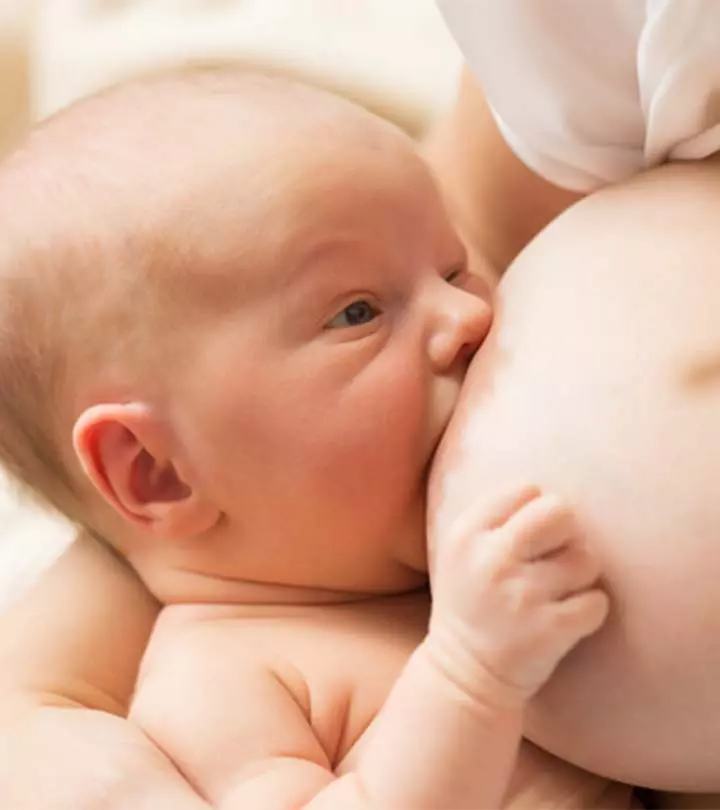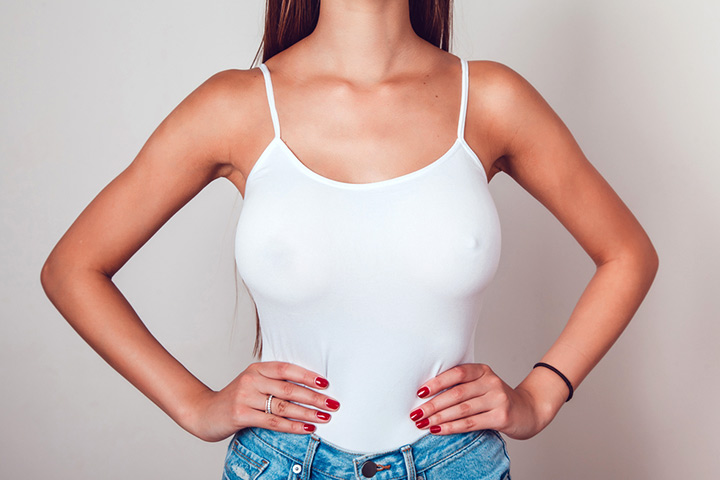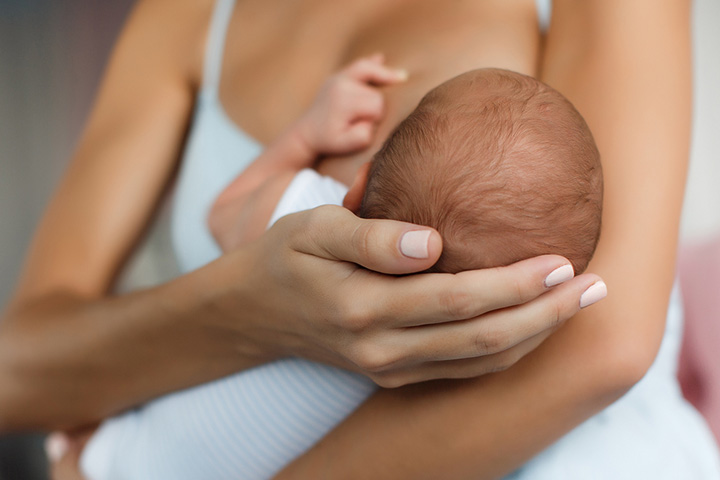
Image: Shutterstock
While motherhood brings an entirely new phase to a woman’s life, it comes with its own challenges, especially for new mothers. The idea of breastfeeding may seem quite easy but it indeed is a methodical process. There are a number of myths related to breastfeeding, including that big breasts ensure more milk. However, it is never so!Case in point: Rufa Mae Quinto, an American TV actress and host, who happens to have C-cup breasts, could not produce much milk initially and had to procure breast milk from friends for her daughter.
So, there goes that.
Wondering what other breastfeeding misconception you may be harbouring? Well, read on to discover more such myth busters related to big breasts and milk production:
Fact No. 1:Size DOES NOT Matter!
Breast size does not determine your milk making capacity – the amount of glandular tissue in the breasts determines the amount of milk production! Even small breasts that have plenty of glandular tissue can produce more milk.
Anne Smith, IBCLC (read: International Board Certified Lactation Consultant), explains, “The amount of fatty tissue and the size of the breast are not related to the ability to produce milk. Small-breasted women are just as capable of producing adequate milk as the more amply endowed women, while large-busted women usually have more fat tissue in breasts.”
Fact No. 2:Obesity Hinders Milk Production
Studies since 1995 show reduced milk production in women with higher BMI. Overweight and obese women might have big breasts but that surely does not mean more milk. Mostly such women have lower than normal milk production. The reason for it is that breast epithelial cells are unable to produce much milk after birth. This is called ‘unsuccessful initiation of lactation’. Big breasts usually have more fatty tissues, which we mistake for more milk.
A second factor is at work as well – a premature delivery too means insufficient milk supply, whereas a full term pregnancy ensures fully developed breasts.
Fact No. 3:Big Breasts Have More Storage Capacity
Women with large breasts have more room to store milk. This ensures that the baby gets more milk per feeding and would not require to be fed often, while women with smaller breasts might have to nurse their baby often. But it is not always so, as every child is different and every nursing woman has a different capacity. It is the same as the law of supply and demand.
Hannah Katsman, IBCLC, says, “Women with small and large breasts can make similar amounts of milk, much more than their babies can possibly need but women with smaller (not undeveloped) breasts store less in their breasts so their breasts must be emptied frequently. Once the baby has removed the milk, they make more quickly. That is why schedules don’t work – babies must be permitted to feed on cue. Women with small storage capacity will need to nurse more often than those with large, but the babies of both women will thrive. Restricting feeding is never a good idea.”
Fact No. 4:Large Breasts Are Prone To Clogged Milk Ducts
Large busted women must massage their breasts while feeding so that the milk ducts are emptied sufficiently. Clogging of milk ducts is more likely to happen in women with large breasts as they have more tissue that could become engorged. If milk is still left after feeding, women are adviced to pump it out.
Fact No. 5:Comfort Works The Best
It takes time for new mothers to adjust to their new bodily changes. Uncomfortable bras on top of that could add to the misery. It is very important to find a good and comfortable bra that perfectly fits the breasts. Tight bras must be avoided at all costs.
A good breastfeeding position not only helps the baby feed comfortably but aids the mothers too, to feed efficiently. A nursing station in the bedroom can be setup too. For breastfeeding publicly, mothers must find the nearest clean placeif they aren’t comfortable nursing in open.
Breastfeeding can be tricky. However, don’t let nursing misconceptions make it any more confusing than it has to be. We wish you all the best!















